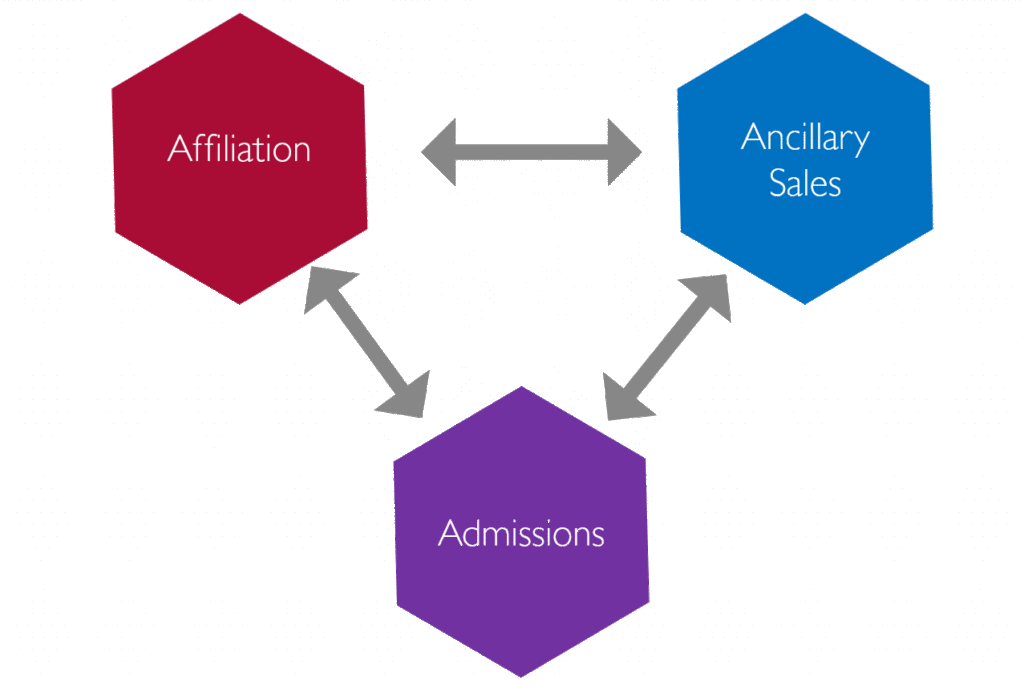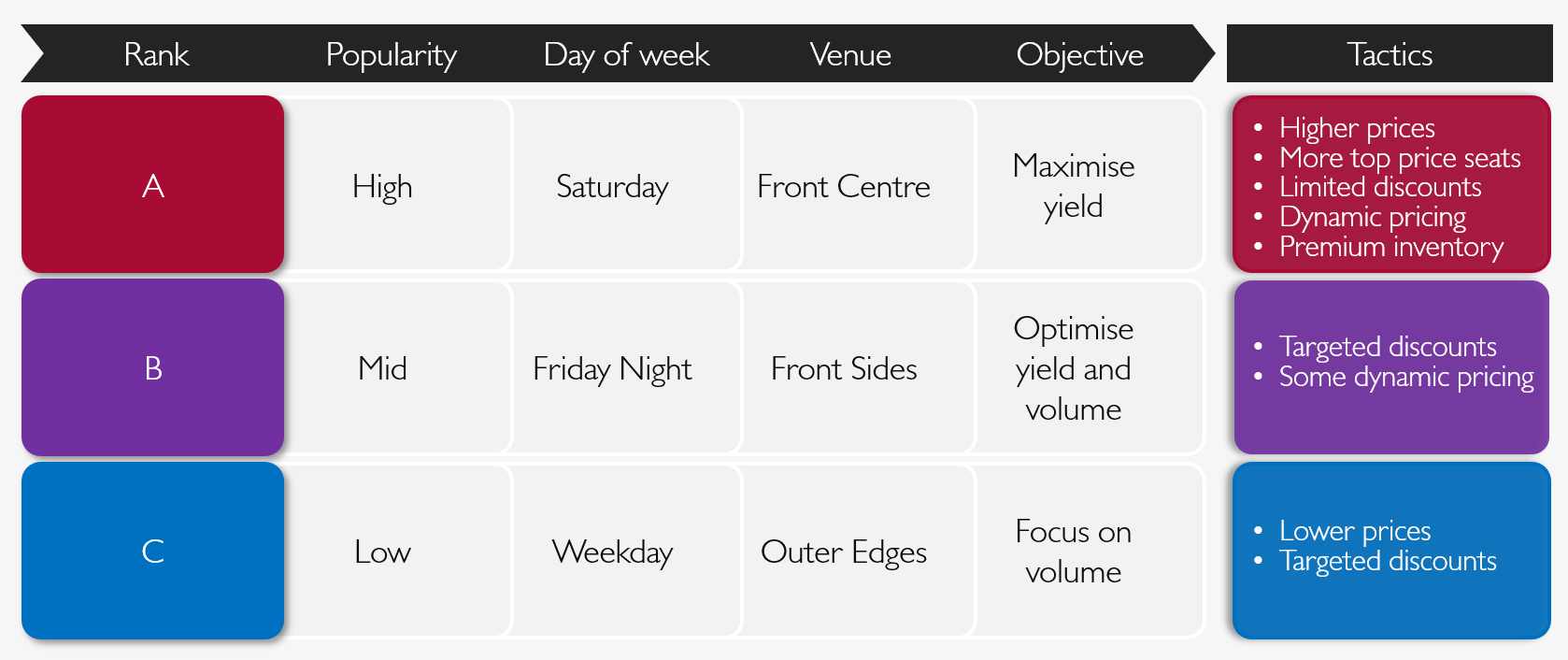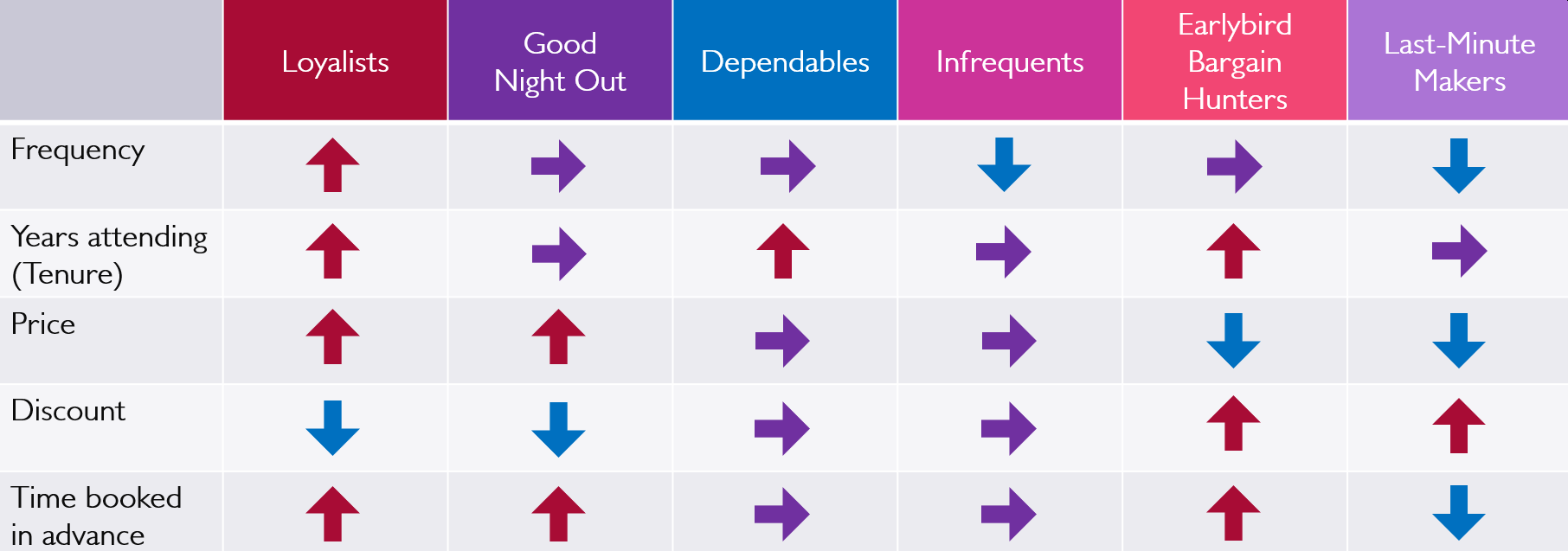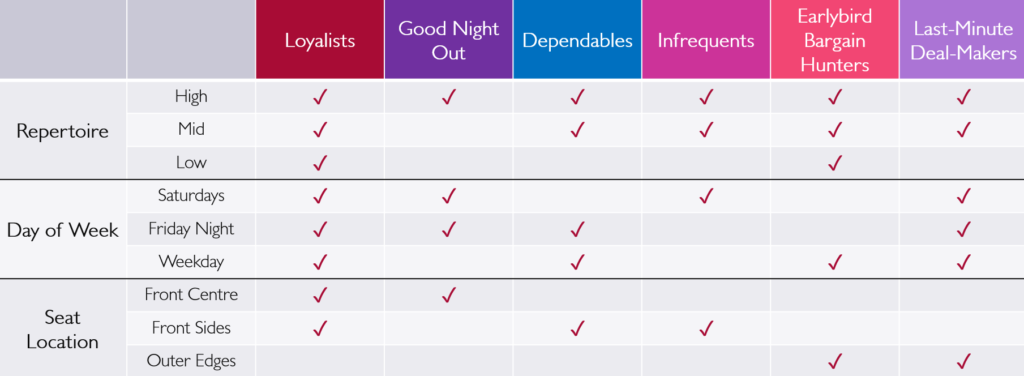In the midst of the Covid-19 pandemic, there’s a lot of uncertainty about the future. One thing it’s fairly safe to assume is that we don’t really know how long we’re going to be on pause for. Economic forecasters are talking about a ‘lost quarter’ and a recent article in The Atlantic talks about four possible timelines for life returning to ‘normal.’
I think we can probably all agree that forecasting and budgeting for the foreseeable future is going to be somewhat of a challenge, and organisations will take different, distinct approaches. One thing we do know is that for however long cultural organisations end up being shut, they are losing the revenue opportunity from each day that the doors are closed to the public.
The fact that the majority of costs for cultural organisations are in overheads required to maintain and staff infrastructure means that for most, costs keep running while income stops: you don’t need to be Mr Micawber, the optimistic clerk from Dickens’s 1850 novel David Copperfield, to see the problem there!
‘My other piece of advice, Copperfield,’ said Mr. Micawber, ‘you know. Annual income twenty pounds, annual expenditure nineteen nineteen six, result happiness. Annual income twenty pounds, annual expenditure twenty pounds nought and six, result misery.
David Copperfield
In the short term the most effective strategy lever that works is reducing costs, and that will mean some very difficult decisions need to be made. In the longer term, it means even more focused attention on taking every opportunity to increase income once we return to ‘normal’, whatever that looks like, in order to make up for the missing revenue in the lost period.
So, what can organisations do to prepare for the future right now in the face of so much uncertainty?
You can’t plan for every eventuality, but you can plan for different scenarios, e.g. what would re-opening in July look like compared with re-opening in December?
Effective planning does not mean considering every single possible future scenario, but it does mean deciding on a range of potential futures and the actions you would take in relation to each of them. The key is adaptability.
Identify Your Opportunities
Before we start talking about planning, first you need to identify the best opportunities to increase your income in the future.
Let’s be specific here since not all income is equal when it comes to profitability. As the saying goes “turnover is vanity, profit is sanity” and right now maximising income must also mean maximising profit – so that your income hits the bottom line.

Most cultural organisations have, in one form or another, three main earned income streams – what we’ve called Triple A, which comprise:
- Admissions (ticket sales)
- Affiliation (memberships and donations)
- Ancillary Sales (catering, retail etc.)
How many of us can say how much a £1 spent in each of these streams is actually worth once you take into account things like revenue deals, VAT, credit card commission, cost of membership benefits, overheads, margins etc?
The point is that not every £1 of income generated is of equal value to your bottom line. The key to maximising retained income is understanding and optimising sales across each of the As; cross-selling and up-selling between each, ensuring that all of these elements are brought together to deliver to the bottom line of the whole organisation.
That means understanding the constraints and opportunities of the different business models of each income stream, but also making sure objectives are shared across the organisation.
For example, in the performing arts:
- If you’re a presenting venue with a show on an 80/20% deal with the producer, then at most you’re only retaining 20p in the pound for each ticket you sell.
(In heritage and the visual arts, the likelihood is that for ticketed events and exhibitions, your share of the initial ticket income is also much larger than 20%.)
- But if you can use priority booking for that show to leverage a membership sale then you’re making money twice: firstly, from the membership fee; and secondly, from the ticket sale.
- If you’re able to Gift Aid the membership fee then you could even be making money three times over!
Draft your Playbook
Once you know which of the As represent the biggest potential retained income opportunity, this becomes the focus of your strategy, and the basis for your subsequent planning and implementation. This is the moment you can start to think about creating a valuable planning tool – your Playbook.
Below is an example of the last three weeks of a performing arts Playbook, showing expected sales for a range of scenarios and the suggested actions:

The Playbook is effectively a supercharged revenue management and CRM tool combined, by setting out appropriate actions for the appropriate customers in response to a range of different scenarios.
We’ve borrowed the term ‘Playbook’ from the world of American Football, where teams plan out their potential “plays” in advance of a match. Anything can happen in a football match – so, fundamental to the Playbook is the flexibility it affords as events unfold and circumstances change.
As Nate Silver puts it in his book, The Signal and the Noise: Why So Many Predictions Fail but Some Don’t, “if you have reason to think that yesterday’s forecast was wrong, there is no glory in sticking to it.”
The Playbook process can be summarised as follows:

For example, if you’ve got an upcoming event or exhibition on sale, which you know is going to be a really hot ticket, then you implement tactics that seek to maximise income – whether that’s through higher priced tickets, membership upsells, or by creating premium ancillary packages etc. and then targeting those people who are after that high value experience and willing to pay for it.
On the other hand, if you’ve got an event that’s not doing so well, your tactics are focused on maximising volume where possible, which could involve discounting. But a word of warning here, any discounting that you offer should be justified with a reason for the lower price (e.g. the discount is not available at peak times). Indiscriminate discounting is your enemy. It only serves to undermine the value of your offer and teaches people bad habits, making them less likely to book again unless they offered a similar discount. You can read more about Playbooks for pricing on the Baker Richards website.
Take an Inventory Check
Composing your Playbook also means knowing what you’ve got to sell. A key element of planning is to have a detailed understanding of the characteristics and value of the inventory you have available for sale when you re-open for business.
For performing arts: how many performances, how many seats in the auditorium (number of days, limits on admissions), but also: how many at each price, in each zone, on each day of the week, at what time, and for what type of show?
For heritage and visitor attractions: what exhibitions will be opening, or special events taking place? When are the quieter or busier times? Are visiting / entry times divided into fixed windows, and if so what flexibility do you offer to the customer to change their mind? Can supporters bring a guest? Is there a related food & beverage offer?
These are the characteristics, or the elements of value, which define the different prices you can change in order to maximise the overall value of sales, and which can be adjusted to optimise volume, so it is worth some effort to define that opportunity clearly, particularly when overall capacity has been cut.
A simple ‘ABC’ approach as shown in the table below based on the performing arts is one method of establishing your initial pricing set-up and forecast for different types of inventory.

A key requirement going forwards is to focus on optimising the revenue from as much of your inventory as possible.
Focus should be on maximising the return from the areas that are going to make the most profit. That is what revenue management does: it means ‘pricing dynamically’: adjusting prices up and down in order to optimise revenue from a constrained and perishable inventory.
This is the revenue management side of the equation and one part of your Playbook. At the other side of the equation are your customers and the second part of your Playbook: CRM.
Segment Your Customers
Having identified the key income opportunities, and established what you have to sell, now the question becomes who is going to buy this? That means understanding potential demand.
When venues and attractions do begin to re-open, it will clearly be important to continue to attract new customers, but the focus of your CRM strategy should be on finding people from your existing customer base who might be interested in the inventory you have available. Use your Playbook to link them together.
So, if they don’t already exist in your database, it will be helpful to create some basic segmentations.
There are essentially three approaches to segmentation:
- Attitudinal (what your customers think)
- Demographic (who your customers are)
- Behavioural (what your customers do / have done in the past)
While all three are useful, the most important and relevant right now is behavioural since that is based on what customers have actually purchased and therefore can be used to predict what they might buy in future.
To be valid, a segmentation must identify groups that matter to a company’s financial performance
Yankelovich & Meer, Harvard Business Review, Feb 2006
Behavioural segmentations come in many forms, but at a basic level you can simply segment your customers by frequency, separating the oncers (people who have visited once) from the twicers (returning customers) from the frequents (regularly returning customers) and super-frequents.
Other useful variables -particularly in the performing arts – include recency (how long since the last visit?), price and time of booking.
The following is an example of a basic behavioural segmentation that makes use of those key variables. For each attribute, you identify a ‘norm’- an up arrow indicates that someone in this segment behaves above the norm, and a down arrow indicates they behave below the norm. You can read more on the fundamentals of Segmentation on our website.

Having segmented your audience, you can then overlay the segments against the inventory, matching the customer behaviours you’ve identified (price, repertoire, day of week etc.) to the available inventory.

This way you don’t waste your time trying to sell high-priced inventory on a Saturday to a price-sensitive weekday afternoon regular.
Throw time of booking into the mix and you even know when the best time is to communicate with each segment throughout the sales cycle.
The Result
What you should be left with after working through this process in detail is:
- An understanding of the varying levels of retained income potential across each Triple A income stream
- An adaptable plan for a series of potential scenarios in the form of a Playbook, which seeks to maximise retained income and drive volume
- A prioritised list of tactics and actions for specific inventory targeted at specific segments in response to patterns of demand as they unfold dynamically
All of which will put you in a great position to reboot with maximum impact, generating income when it really matters.
You can read more about strategies for increasing earned income on the Baker Richards website.